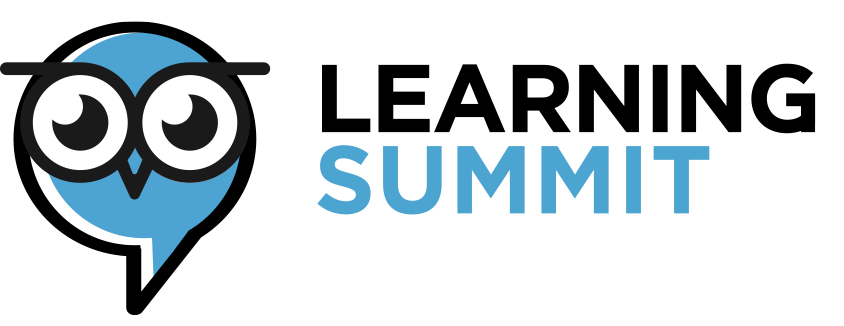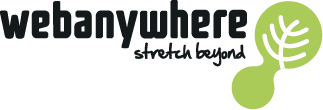What is Totara?

Unlocking Learning Potential: Totara Learn, Engage, and Perform Features Explained
Alex (Host):
Hello, and welcome back to the Learning Summit Podcast! I’m Alex, and today’s episode is all about one of the most flexible, powerful learning platforms out there: Totara LMS.
Joining me is Sean Gilligan, founder of Webanywhere and an expert in learning technology solutions. Sean, welcome back!
Sean Gilligan:
Thanks, Alex. Always great to chat with you, and I’m excited to dive into Totara today. There’s so much happening with the platform—especially with the upcoming Totara 19 release.
Alex:
We’re going to unpack a lot here, but let’s start at the top. Sean, Totara offers three core products: Totara Learn, Totara Engage, and Totara Perform. What are they, and how do they work together?
Sean:
Good question, Alex. Totara is essentially a suite of tools built to manage learning, collaboration, and performance within organizations.
Totara Learn is the LMS side of things—focused on delivering formal training programs like onboarding, compliance training, and professional development.
Totara Engage takes things further by enabling social learning and collaboration—it’s all about peer-to-peer knowledge sharing, content curation, and driving engagement outside of traditional courses.
Totara Perform focuses on performance management, bringing goal-setting, competency tracking, appraisals, and continuous feedback into one platform.
Together, these tools cover everything from structured learning to informal collaboration and real-time performance tracking.
Alex:
So it’s a full ecosystem for learning and development. Let’s start with Totara Learn—the LMS that most people are familiar with. What makes it stand out?
Sean:
Totara Learn is incredibly flexible, which is its biggest advantage. You can tailor everything—from learning pathways to branding—to fit your organization’s needs.
With Totara Learn, you can:
•Create custom learning pathways for different roles or departments.
•Track and manage compliance training, ensuring everyone is up to date with required certifications.
•Integrate with external systems like HR tools or CRMs.
•Use detailed reporting to track learner progress and training ROI.
It’s ideal for organizations that need to deliver structured, formal learning at scale—whether that’s a global enterprise or a small team growing rapidly.
Alex:
It sounds robust and very adaptable. Now, you mentioned Totara Engage, which adds collaboration and social learning. What does that bring to the table?
Sean:
Totara Engage is all about making learning more collaborative and dynamic. Not everything an employee learns comes from a formal training course—people learn by sharing knowledge, reading articles, watching videos, and connecting with peers. Engage helps facilitate all of that.
Key features include:
• Content Curation: Employees can find, share, and curate resources—like videos, podcasts, and articles—to support their learning.
• Social Collaboration: You get tools like forums, discussions, and peer-to-peer feedback to create a real learning culture.
• Workspaces: Teams or projects can create dedicated spaces to share resources and collaborate on learning goals.
Alex:
So it’s great for organizations trying to promote continuous, informal learning alongside traditional training.
Sean:
Exactly! Engage helps organizations unlock the knowledge that already exists within their teams and puts it to good use.
Alex:
And then there’s Totara Perform—the performance management piece. How does that tie in?
Sean:
Totara Perform is all about connecting learning with employee performance. It helps organizations identify skill gaps, track progress, and align training with individual and business goals.
Some of the standout features include:
• Goal Setting: Managers can set performance goals that are tied directly to learning objectives.
• Competency Management: You can map learning outcomes to specific skills and competencies.
• Continuous Feedback: Employees and managers can track progress with regular check-ins and real-time feedback loops.
• Performance Reviews: It centralizes appraisals, making it easier to evaluate employees while aligning their development with company goals.
The benefit here is that performance management isn’t treated as a separate function. It becomes integrated with learning, so employees are constantly growing and contributing to the company’s success.
Alex:
That’s huge. So instead of annual performance reviews feeling like a chore, they’re part of an ongoing, dynamic process.
Sean:
Exactly! And it’s driven by real data from both learning progress and performance metrics.
Alex:
Now, something big is happening with Totara 19. Totara Learn and Totara Engage are being merged into one platform. Why is that such a significant update?
Sean:
This is a big deal, Alex. Traditionally, Learn handled formal training, while Engage handled informal learning and collaboration. By merging them into one platform, Totara 19 makes it seamless for organizations to combine structured learning with social and peer-driven experiences.
Imagine an employee completing a formal course in Totara Learn, but immediately sharing insights or related resources in a Totara Engage workspace. It’s a more integrated learning experience that reflects how people actually learn on the job.
For administrators, it simplifies things too—you don’t need to manage two separate systems. It’s one unified platform with a clean, user-friendly experience.
Alex:
It really seems like Totara is doubling down on the idea of blended learning—formal, informal, and performance management all in one ecosystem.
Sean:
That’s exactly it. Totara isn’t just a learning platform—it’s a complete solution for developing people. Whether you’re delivering compliance training, fostering collaboration, or improving employee performance, Totara brings it all together.
Alex:
If someone’s listening and thinking, “This sounds perfect for my organization,” what’s the best way to get started?
Sean:
The first step is to explore your goals. Are you focused on compliance? Do you want to foster social learning? Or are you looking to align learning with performance? Totara can handle all of it, but it helps to identify where you want to start.
At Webanywhere, we help organizations implement Totara, customize it to their needs, and train teams to make the most of it. You can visit webanywhere.com to set up a demo and see how Totara can transform your learning and performance strategy.
Alex:
Sean, this has been such a great conversation. Totara Learn, Engage, and Perform really offer a complete package for organizations that care about developing their people. And with Totara 19 merging Learn and Engage, it’s only getting better.
Sean:
Absolutely. Thanks for having me, Alex—I always enjoy talking about how technology can unlock learning potential.
Alex:
Thanks, Sean. And to our listeners, if you’re looking for a flexible, powerful solution to manage learning, collaboration, and performance, visit webanywhere.com to learn more about Totara LMS and how it can help your organization thrive.
Until next time—keep learning, keep growing!
